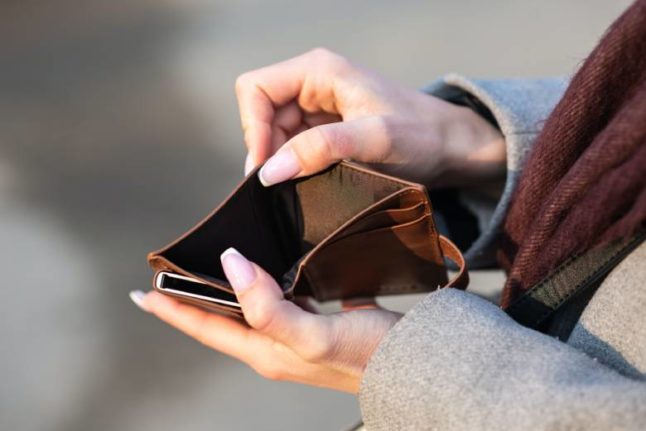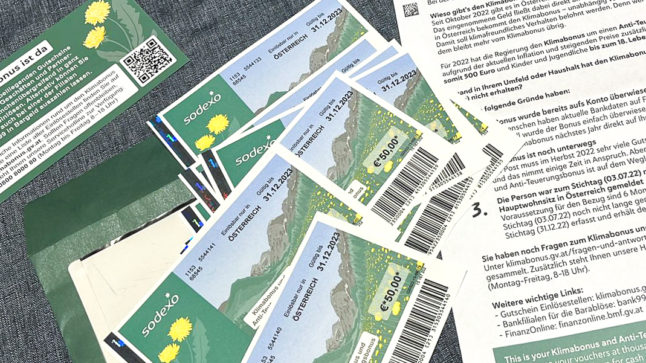Austria’s inflation rate continues to be at a high level, reaching 9.7 percent in April and is not expected to go down anytime soon. With almost everything in Austria becoming more expensive by the month, the federal government has struggled to cushion inflation effects.
Two measures announced recently should tackle the main villains of the cost of living: high food and energy prices. However, how effective those will be remains to be seen.
READ ALSO: What will become more expensive in Austria in June?
Austrian chancellor Karl Nehammer (ÖVP) has announced that energy companies that don’t pass on lower market energy prices will have to face higher profit taxes. In addition, new regulations will make it so that prices will have to be adjusted more frequently, allowing the drops to reach the final consumers faster.
Regarding the food sector, the federal government announced a “food transparency report”, with the prices of essential food items more available and “comprehensible” to consumers. The idea is that buyers can more easily compare prices, take advantage of market competition and save money.
READ ALSO: What is Austria’s JÖ Karte, and how can you save money with it?
Austria’s government is still continuing its somewhat controversial policy of offering one-off payments, especially to lower-income or at-risk people. For example, some pensioners that have not received their total “pension bonus” of up to €500 due in March will get the remaining payment – about €333 – at the end of June.
In Styria, employees of hospitals and nursing homes will receive additional bonuses, including a €3,000 bonus, €1,500 for nursing staff (the first of three instalments should be paid in June) and €750 for successfully recruiting new staff.
READ ALSO: Vienna Energy Bonus 23: How to get your €200 payout
The so-called “heating allowance”, a one-off payment to help households with their heating and electricity bills, can also be applied directly to the provinces of Upper Austria, Lower Austria and Vienna in June – other regions have already paid out the bonus.
Finally, the increased commuter allowance, which has been valid because of expensive fuel prices for some commuters, will cease to be valid in June 2023. According to the Climate Ministry, a new “gradual” commuter allowance should be introduced in the future.



 Please whitelist us to continue reading.
Please whitelist us to continue reading.
Member comments